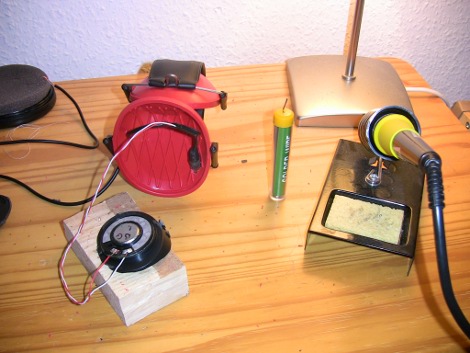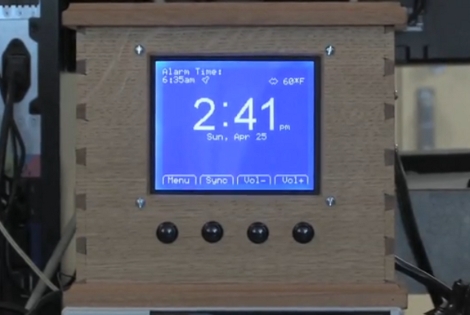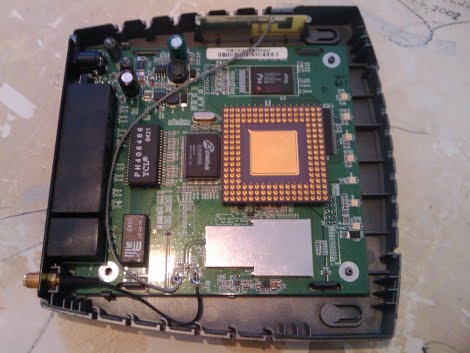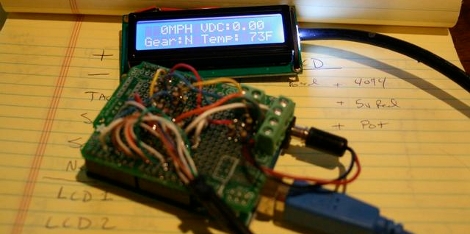
One complaint we hear about often is ear-bud’s cables getting tangled within backpacks. [Andrew] was having this “spaghetti” wire problem, and also wanted to listen to his music with ear protection on – where ear-buds are usually uncomfortable. The latter problem is fixed by placing speakers inside of folding ear protectors, and the cable is managed with a 3.5mm disconnect.
For those who can’t make disconnect-able headphones but still suffer from tangled headphone wire, we recommend proper wrapping technique for your wire, and a small carrying pouch. With the combination of the two, we’ve never had a tangled cable.













